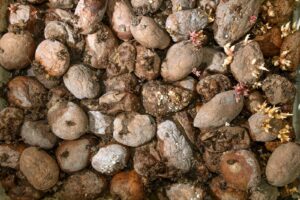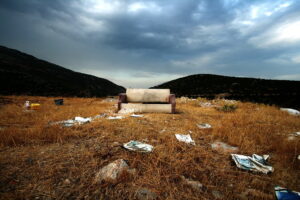Tundra transforming from carbon sink to source as climate shifts
Global warming is changing the natural processes of vast Arctic regions, in turn threatening to release centuries of stored gases.
Writing in the journal Nature, a team from The James Hutton Institute analysed datasets from 56 experiment sites spread across 28 locations, a process involving 70 specialist scientists.
Using open-top chambers – or mini-greenhouses – the effects of a warming planet were simulated on the terrain. It was found that air temperature was up 1.4C on pre-industrial readings, and soil temperature 0.4C. There was also a drop in soil moisture of about 1.6%. These conditions led to 30% increase in ecosystem respiration, meaning more carbon was released than ‘normal’ during the growing season. At older sites, these results persisted for at least 25 years after the experimental heating.
‘We knew from earlier studies that we were likely to find an increase in respiration with warming, but we found a remarkable increase – nearly four times greater than previously estimated, though it varied with time and location,’ says Sybryn Maes of Sweden’s Umeå University, the study’s lead author.
‘We’ve shown that carbon emissions from these landscapes increase from in response to, but that’s one half of the balance. The other half is how much is then taken up by plants as vegetation grows. Warming will make plants grow faster, but we don’t yet know if what they take up as they will match how much is released,’ added Hutton ecologist Dr Thomas Parker.
Adding a new layer of complexity, the team also found that how much ecosystem respiration varied differed depending on soil conditions. For example, the amount of nitrogen or the pH level.
This means there will be significant regional differences in how tundra responds to hotter conditions, and understanding this will prove critical to future modelling. Areas of Siberia and Canada, for example, are now known to be particularly vulnerable to changes in temperature.
‘We anticipate an increase in respiration across the whole Arctic and alpine tundra, but more in situ data, particularly on the local soil conditions, is key to addressing the outstanding uncertainties and refining our predictions,’ said Professor Matti Kummu of Aalto University, a member of The James Hutton Institute research team.
More on climate change:
WATCH: Behind the scenes of new Warner Bros coral bleaching documentary
Image: Viktoria Spokojna

















